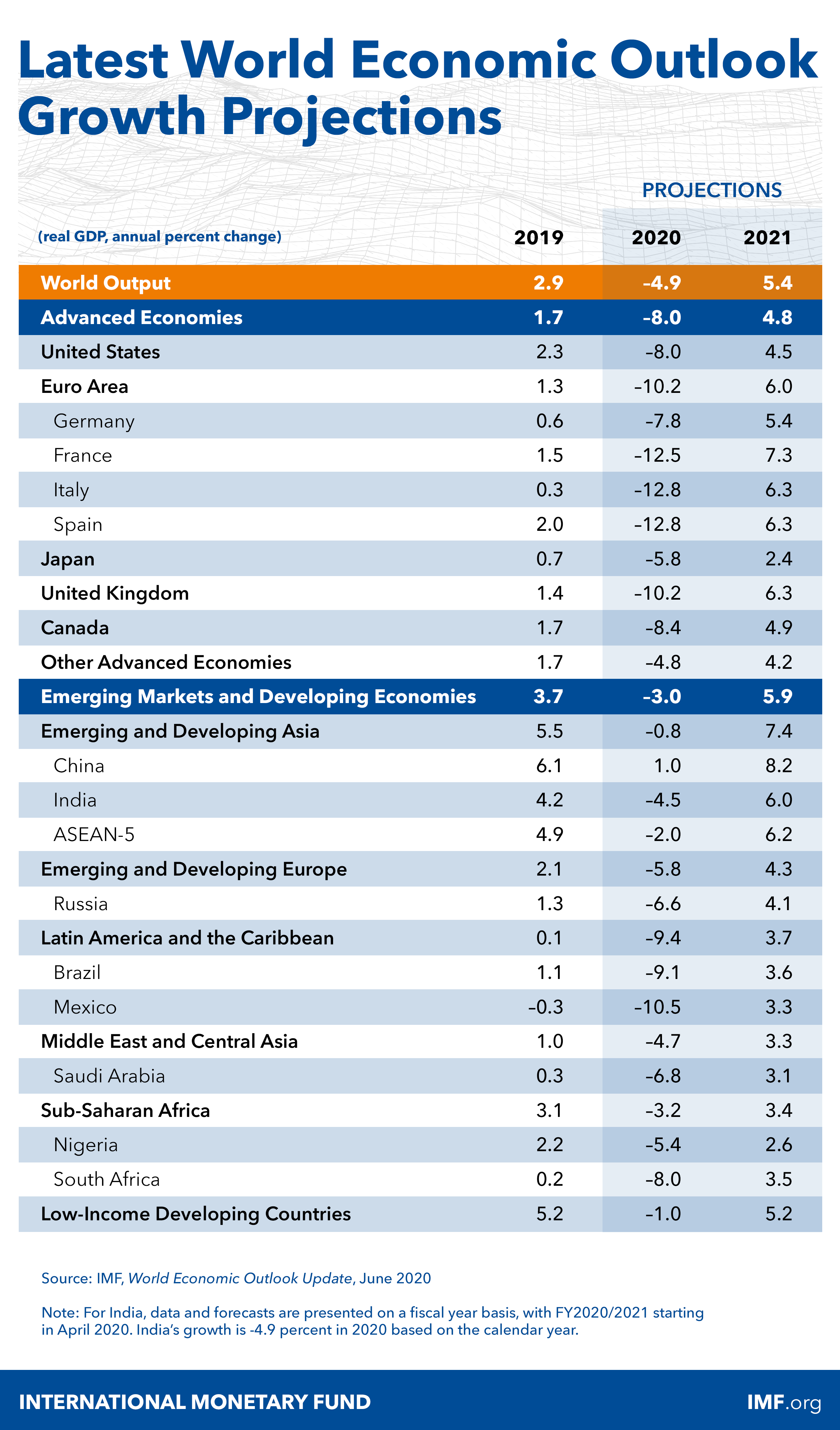Eurocoin, CEPR & Banca d'Italia leading growth indicator for Euro Area economy is pointing to renewed weaknesses in the Eurozone economy in August, falling to its lowest levels in the COVID19 pandemic period:
As the chart above shows, Eurocoin fell from -0.5 in July to -0.64 in August, its lowest reading since June 2009. The forecast September indicator is at -0.30. Through August, we now have five consecutive months of sub-zero readings. Based on July-August data and September forecast, we are looking at a GDP contraction of 3.5 percentage points in 3Q 2020. This is mapped out in the chart below:
As the chart above shows, average annual growth rate in the Eurozone for 2020 is now sitting at -6,33 percent, far worse than the previous low of -0.575 in 2009. In quarterly readings, we now have two actual and one forecast quarters of 2020 all performing worse than the peak of the Global Financial Crisis / Great Recession contraction (see green entry in the chart above).
As before the COVID19 crisis, Eeurozone economy is performing woefully. On no time horizon did Euro area manage to achieve average annual growth of 2% (chart above).














































